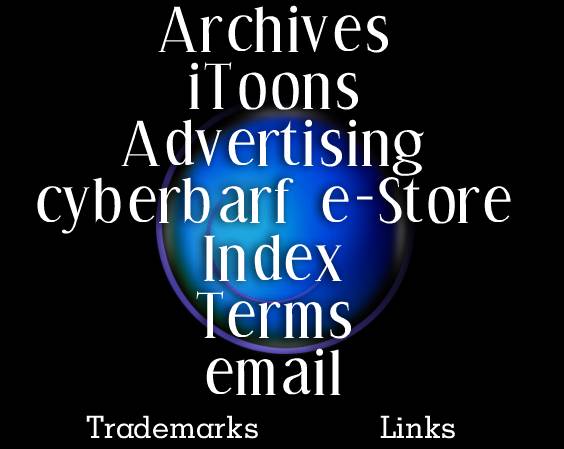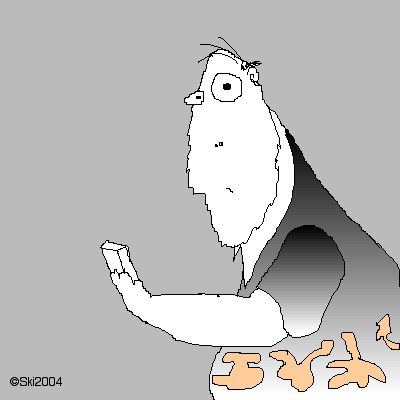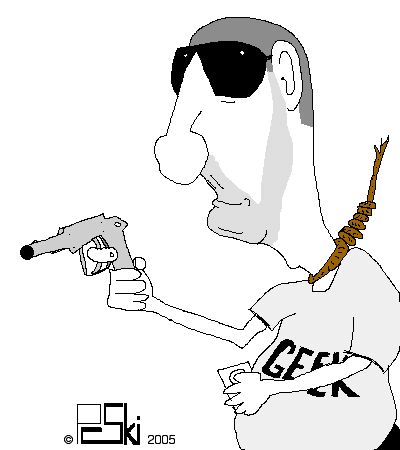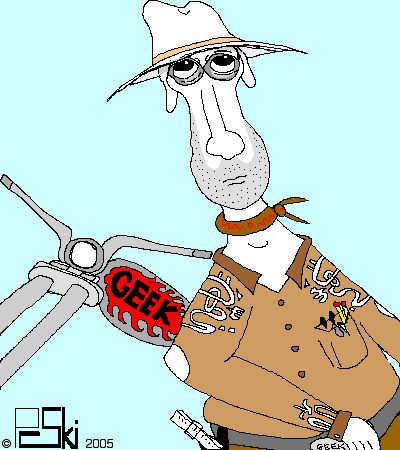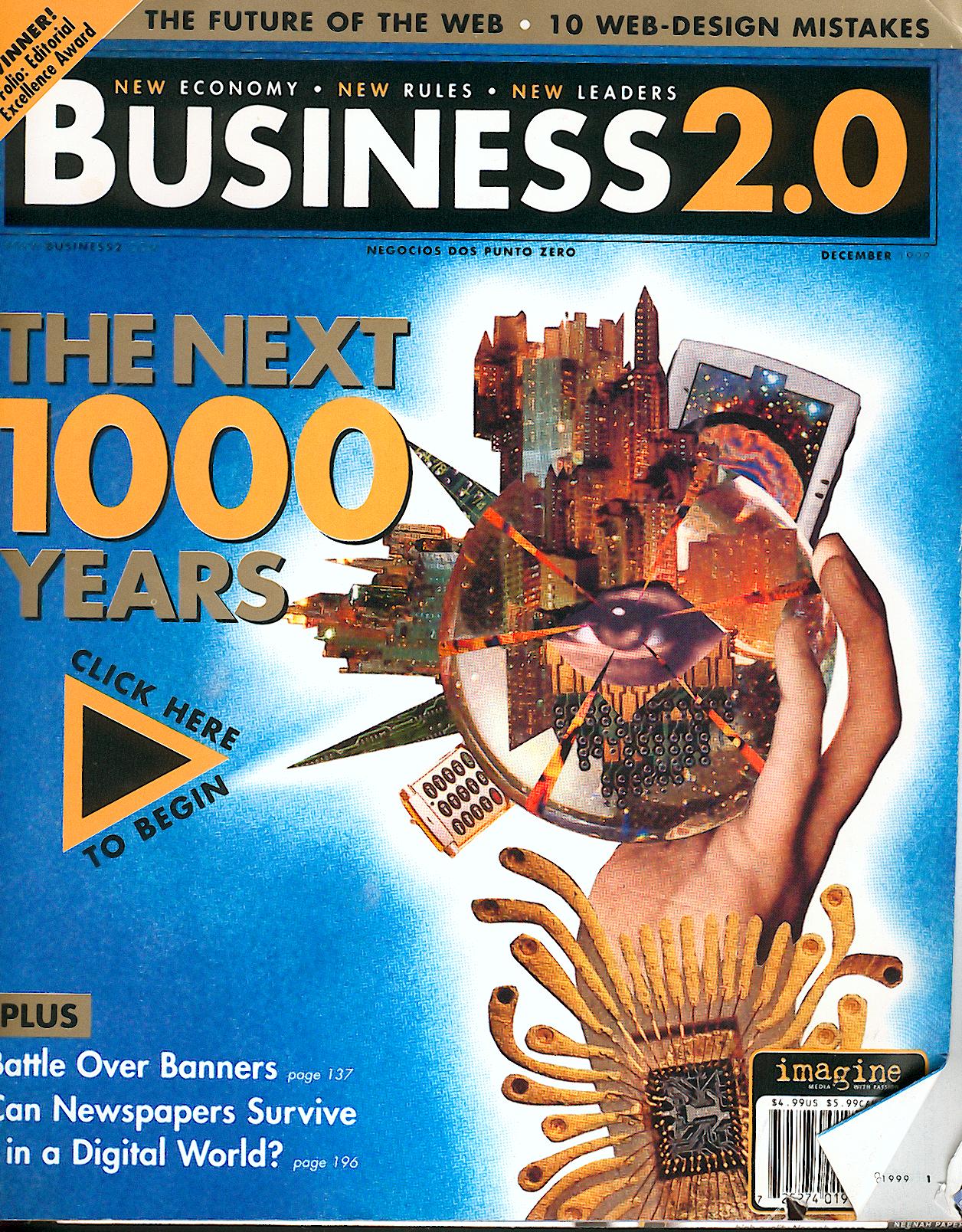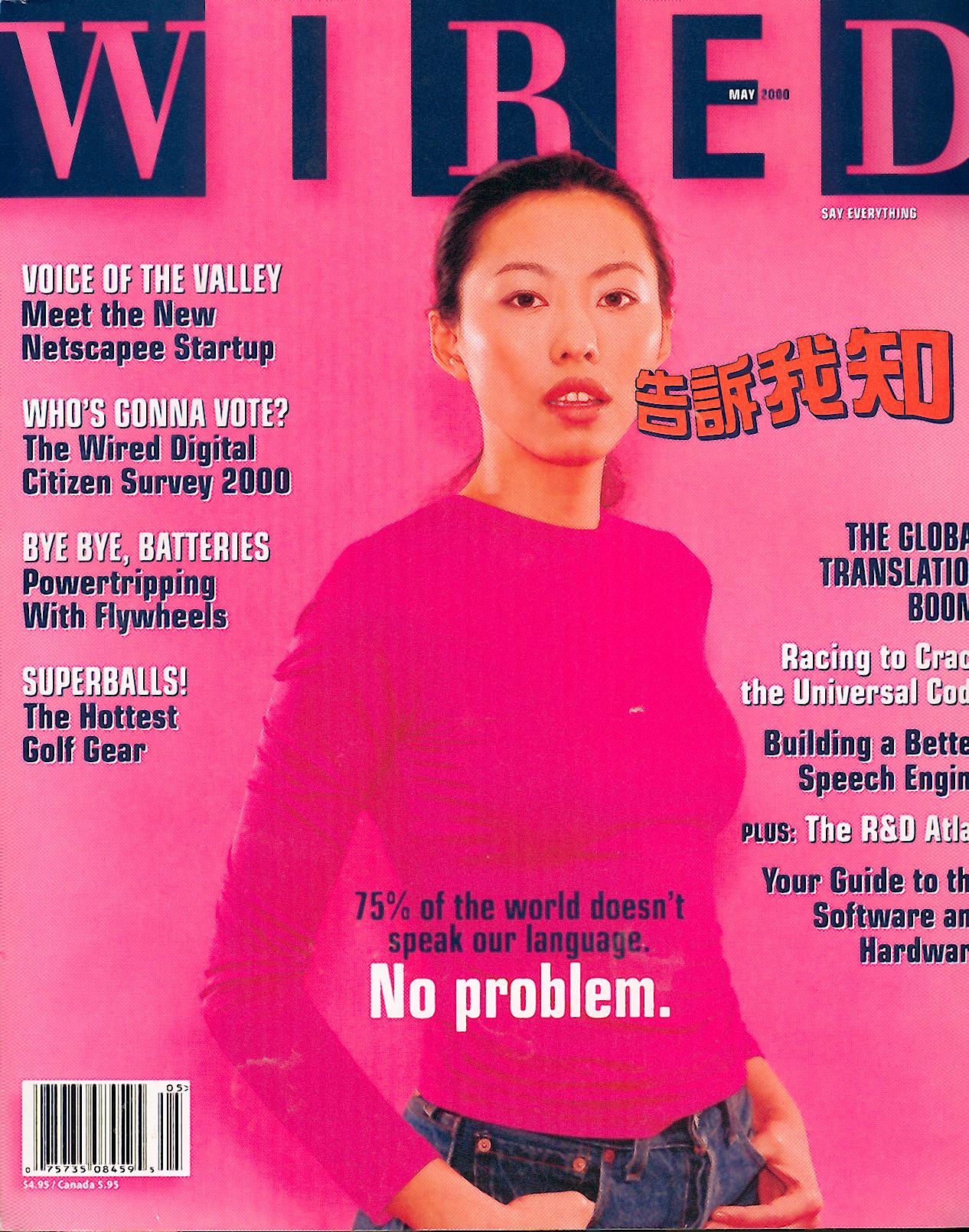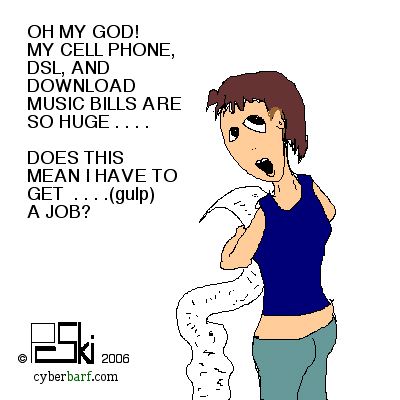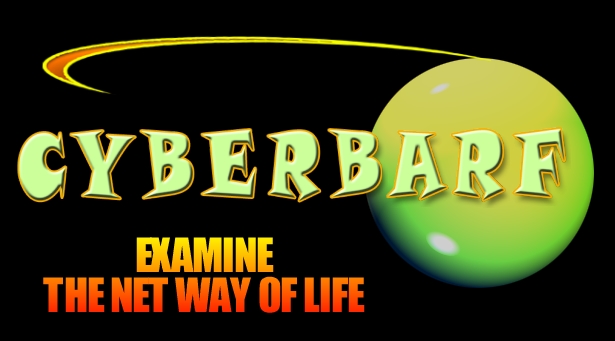The list of advertising on the dawn was a cross-section
of the new kids on the Wall Street block, some old companies trying
to sell their products to the nouveau rich. Most of the dot.com advertisers
are not household names; you may not even know what they were selling
(or buying). The cultural tone was that everyone had to have a web
commerce site, the tools to get a prototype up and running, access
to an venture funding, consultants to get you to an IPO, and a bank
to pocket the funding and cashed stock options. The running theme
was that technology would over run the old business community like
a stampede, and the new electronic CEOs would be the kings of commerce.
At the same time business publications were selling
the sales pitch for the new economy, publications like WIRED were
reporting on the impact of technology. In its table of contents prequel,
the magazine stated that the time to go to school is during a recession,
not now, when you have opportunities in the booming dot.com business
spectrum. The feature stories were about speech recognition software
(“75 percent of the world doesn't speak out language. No problem.”),
high tech-tough hardware, turning the browser into your regular phone
line, and how web is unleashing new comics and cartoons to a vast
new audience from independent creators. Six years later, the concept
of instant voice recognition like those in Star Trek inspired science
fiction remain a tech hurdle. VOP technology is being corraled by
telecom regulators and old copper wire companies who don't want to
give up their weakened phone monopolies. The web has created a vast
distribution system for independent creative artists, but very few
have hit the highest heights of old Hollywood contract stars. The
media may focus on the flavor of the day, but few webcomics have a
massive fan base like newspaper syndicated cartoons have had for decades.
The promise is there; the tools are available to the average person;
getting your message out is easier than ever; it is just so crowded
one cannot see the forest through the trees.
There are some lasting elements of the Turn of Century
Technology craze. Electronic gadgets have displaced traditional toys,
even with elementary school children. The laid back California Silicon
business plan has become a model for new enterpreneurs. The golf shirt,
shorts and sandals work culture has made business causal the standard
of professionalism diluted to the point where people's Sunday's best
is the same beachware they were to court or church. No matter what
some work place advocates say, the dressing down does have an impact
on the level of professionalism between co-workers and the interaction
between the employees and the end customers. The old school “your
word was your bond” as a binding contract has been replaced by
mountains of legal boilerplate and simple business dispute reactions,
“so sue me!” It is a short term view of internet business
model. Owners don't have a vision of being in business for a century
like General Motors. Owners want to cash out and retire as soon as
possible, preferably before 30. And employees have similar expectations
too; they are not loyal to one company, they don't plan to have a
career; they want the quickest way to retirement as possible. Start-up
stock options was like printing money and winning the lottery at the
same time. But it was a short lived cycle; the employees of Enron
can attest to that, as their paper retirement savings was wiped out
in the highest profile bankruptcy in recent history. Those who cashed
out before the crash are still sitting pretty on the wealth they took
when the taking was good; those who tried to scramble to the top but
never reached it are now usually underemployed and looking for the
next big idea to make them instant millionaires and retirees in a
few years.
This change in work philosophy when the internet
boom was glamorized by popular culture and mainstream media outlets.
It occurred when ideas became commodities, and the not the execution
of a tangible product or service that was of paramount importance.
People valued the idea more than the implementation of the idea. It
did not matter whether the end product made money; the money was to
be made fast and quick at the set-up stage, with the next killer idea.
The Real World does not operate in that type of vacuum.
America is a consumer driven economy. Tangible goods like cars, houses,
furnishings, refrigerators, clothes, et al, is the fuel that kept
millions gainfully employed through the good and bad cycles. Internet
ideas without a tangible end product can quickly evaporate into dust.
But in 2000, no one thought about the negative connotations of the
gold rush of cyberspace.



